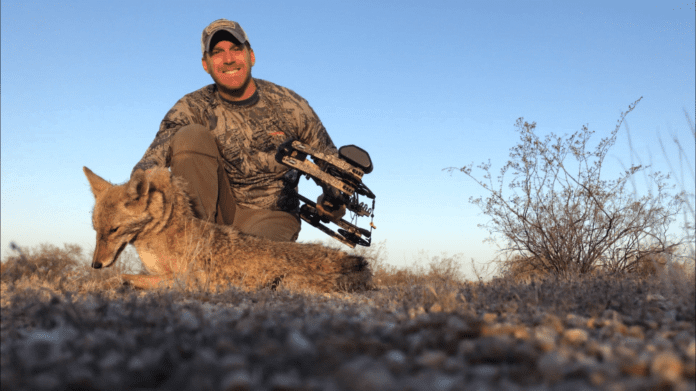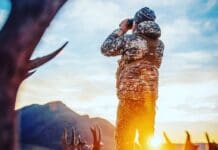
If you are like me, you are always looking for ways to improve your hunting skill set. I found that there is no better off season practice than bow hunting predators. To me, it was obvious that it builds confidence in your shot, improves your woodsmanship and your ability to read sign, and play the wind. But one thing I never counted on was that it would improve my success with other species and how I called to them.
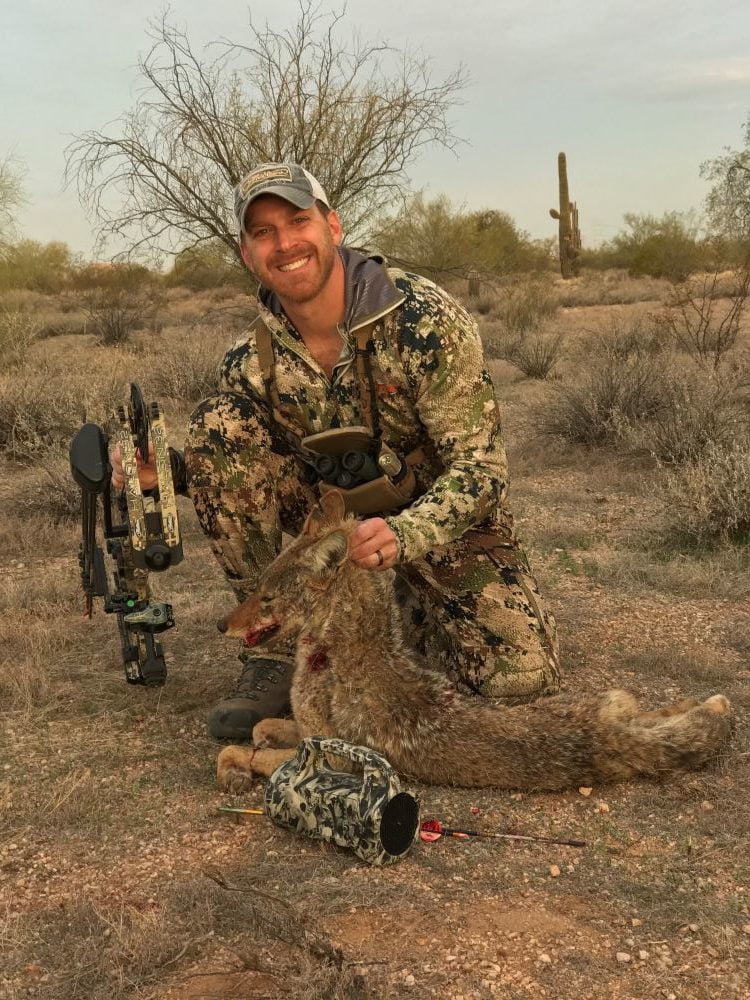
I have always dabbled in calling deer, elk, turkey, and other big game, but it wasn’t until I started bowhunting predators seriously that lead me to find a commonality that linked all calling. I will explain this in a moment, but first let me lay down the groundwork on how I came about this.
I would have tremendous success getting coyote, bobcat, and fox to respond and “come in” on a call but unless I got “lucky” they would never present a shot. So I started to analyze the setups that I got “lucky” on and began to try and emulate them on future setups. I noticed when I followed this pattern or formula, I was getting lucky far more frequently. I started to build specific criteria for each setup and with each set up I fine-tuned it, to the point that 95% of the predators I called in presented a shot within bow range.
The Commonality Linking All Calling
No matter what it is you are hunting when using a call, there is always a point that the animal you are calling feels that they should be able to see what’s calling to them, and that is usually when they hang up. I don’t have the secret sauce that will help you get those predators that hang up, but what I do have is the recipe to choose your setups so that they won’t hang up, to begin with. And honestly, this system works for all animals that we call: elk, deer, turkey, etc…
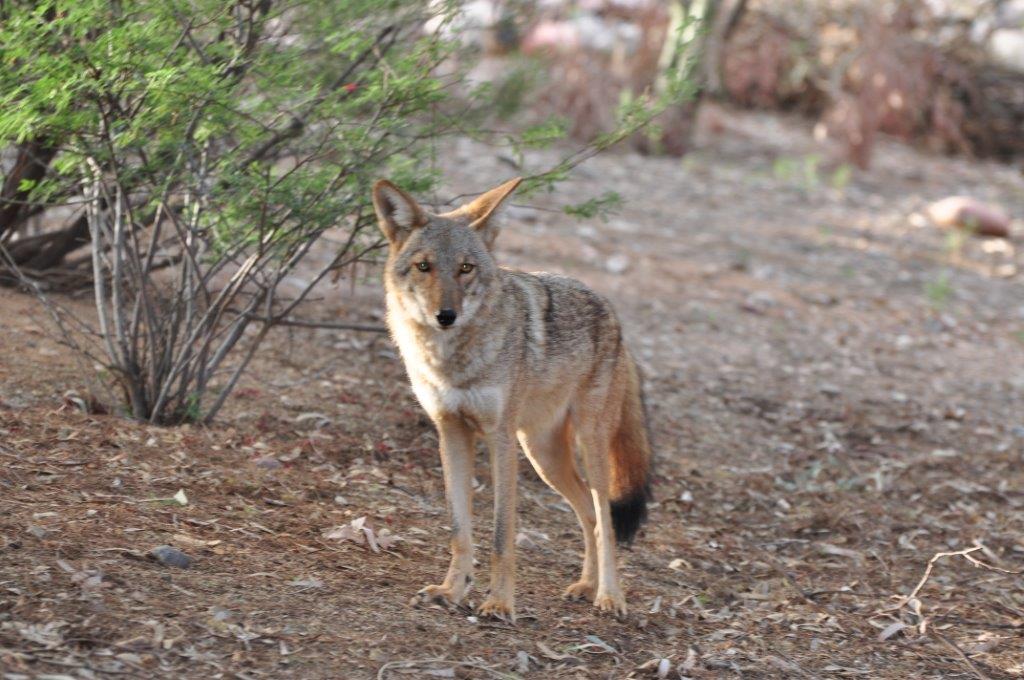
I have heard a few guys in the industry refer to it as the doorway principle or the calling room. Simply put, it’s the area at which the animal you are calling suspects to see what it is that is calling to them or in the case of predator calling screaming for help. You hear it all the time
“I called this coyote in and he hung up just outside where I could shoot to”.
Or “the turkey came running in and hung up and wouldn’t come into the clearing…”
I think the person who describes it best is Chris Roe of Roe hunting resources. Chris uses this principle when bow-hunting elk and he describes it like this:
“If you were in a separate room and you heard your wife calling you from a different room, you would get up and go to where you heard her calling from but when you got to the doorway of the room you believed she was in, you wouldn’t just run in there and say ‘what’s up babe?’. No, you would first look into the room to verify that’s where she was and if you didn’t see her, you would continue to look for her or call her name. And if she responded from within that room and you still couldn’t see her you would think something was fishy.”
This same principle goes for animals; they want to see who or what is making the sounds. That’s why set-up is the most important aspect to calling in game. Most guys focus all their time and energy into being a “good caller” or a “realistic caller”. Now I’m not saying that it’s not important to sound good and have proper cadences and timing, but you can certainly get by with being a mediocre caller if you know how to choose your set ups.
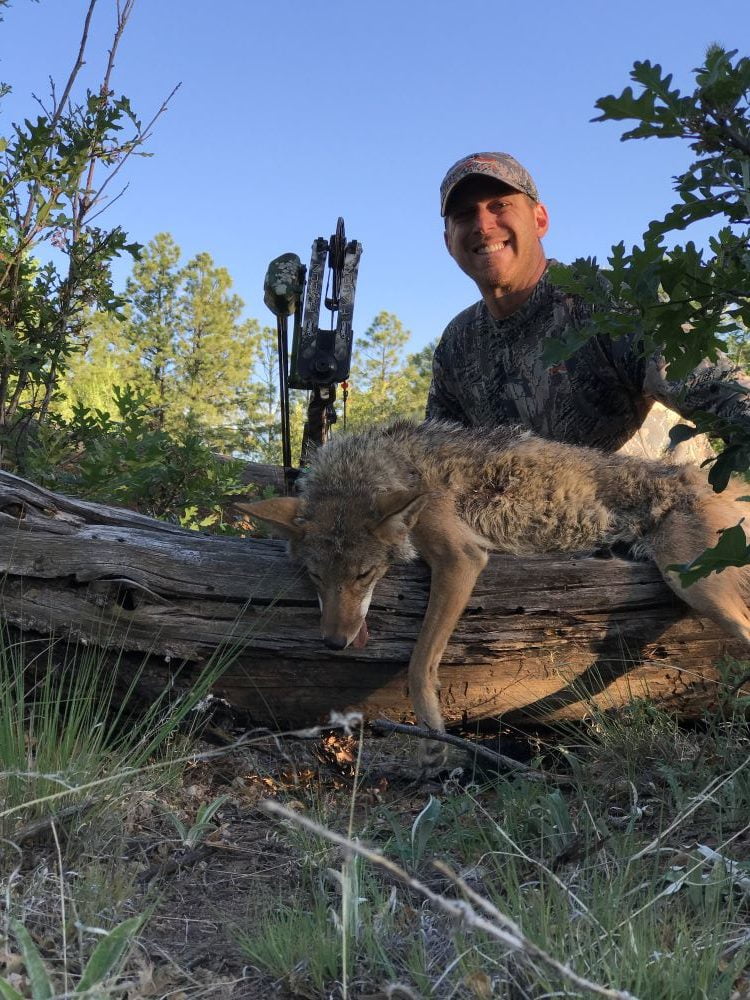
Building the Room
Now I know what most of you are thinking, Decoy! But I’m not. I almost never use a decoy. What I always do is pick the right set up that forces the animal to step into the room (step into my kill zone) to see what’s calling to them. When choosing a location to call from, I want you to try to be on the other side of the calling and try to imagine what I would do if I were the animal approaching the sound. Look at it from the perspective of the wind and how an animal would use it. Ask yourself what is the most direct route to the call and how far would the animal have to go to see the call?

The room you are creating can be a number of things and it’s really dependent on the animal and the sounds you are making. For example:
- If we are talking about predators and you are making a jackrabbit in distress sound, this might be easily accomplished by putting your electronic call so that the predator has to come around the bush or deadfall to see what it is
- If you are using a mouth call, you need to find a natural barrier that the predator needs to come around to see and enter your kill zone
- If you are doing a fawn in distress call a bush isn’t going to cut it the “doorway” needs to be larger.
I always look for funnels or structures like rock outcroppings, visually-obstructive trees, large dead-fall, etc. that forces the predator to come around and put himself broadside in front of me.
Why Electronic?
Now I don’t mouth call very much anymore. I typically use a FoxPro and not only because it makes real sounds but mainly because I can put the sounds where I want them and it helps me direct them to where I want them to go. I am a bowhunter so I need to call predators into a 50-yard range or less. Having the ability to bring a coyote right to a call without getting busted is essential and is why electronic calls are my go-to…
You can check out Jordan Budd’s FoxPro Fusion Review here.

Some setups
One of my favorite and easiest set ups is to find a 30-40 yard clearing within a thick area that has one lone obstruction in the middle (refer to fig #1) I will sit perpendicular to the wind on the edge of the clearing and place my call under the obstruction with the speaker facing the area I want them to come from. What this does is “force” the predator to enter the clearing, allowing me to see them, then they must come around the obstruction to see the call giving me a shot opportunity.
This set up works for a number of reasons.
- Most of the time predators circle to get the wind,
- Most of the time they come in the direction the call is facing
- The obstruction allows you to drawback while concealed as they are coming around
- It often forces a broadside shot.
Now this is still hunting and it doesn’t always happen as you plan it. They may come from behind or from a different direction, but they are coming. So choose a good backdrop for protection and something that conceals you well (see fig #2 below).
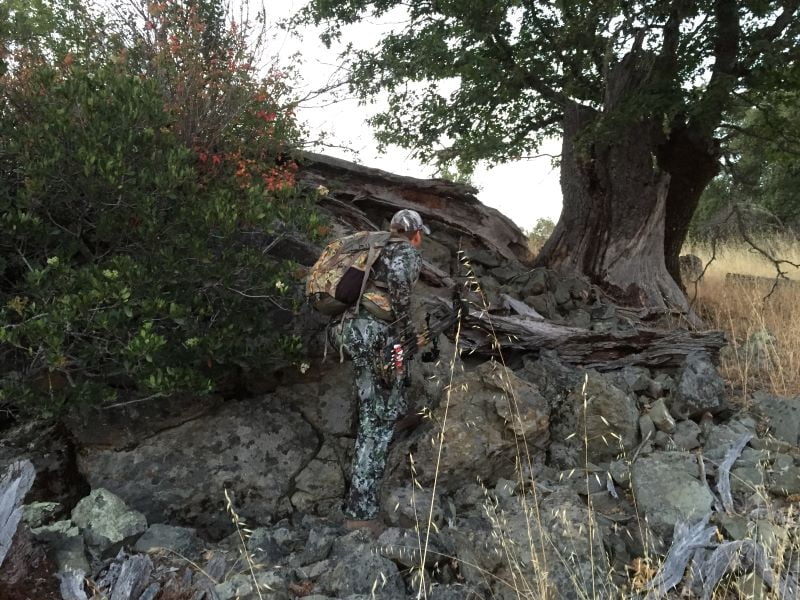
Another one of my favorite setups and this works for calling deer, elk, coyote, turkey, etc. ( electronic call or mouth call) is putting a little rise between me and the animal so for them to see what is calling to them they have to come over the rise and ” whammo” it’s too late they have entered the kill zone (see figure 3 below).

The setup is similar in that you want the wind, the backdrop, etc. all the same as my first example. Now I typically use this when I know that there is an animal I want to call on the other side of the rise, however, you can use this with blind calling too. You just need to understand that by the time you see the animal they are in the kill zone and probably can see you. So finding a stand site that allows you to get a concealed draw is imperative. Also, and most importantly, the rise needs to be high enough or have enough of a lip that it would conceal the size of animal you are mimicking and you.
For example, if you are using a jackrabbit in distress call, the rise only needs to be high enough that it conceals you, but if you want to use this tactic while elk calling, then the rise needs to be big enough that an elk must break the horizon and enter your room before he would expect to see his lady friend that has been calling to him.

One of my most effective calling setups is when there is a rock outcropping that has elevation advantage of the surrounding area (see figure 4). That has a natural funnel at its base either vegetation or topographical. This set up is even more deadly if you can hunt it on the days the wind is blowing down the funnel so that it’s parallel to your setup much like my previous setups. The key is to never have the wind directly in your face because this will result in having more predators come in from behind you than straight across.
If you’re using an electronic call, place down in the funnel with the speaker facing the direction you want them to come from. Find a place to sit up in the rock outcropping that gives you a good view of your shooting lanes and the approaching game while still giving you the opportunity to draw concealed. What this set up offers over the other two is it allows you to see them even further away giving you the opportunity to make micro adjustments for the shot and it takes you further out of the line of sight when they enter the room.
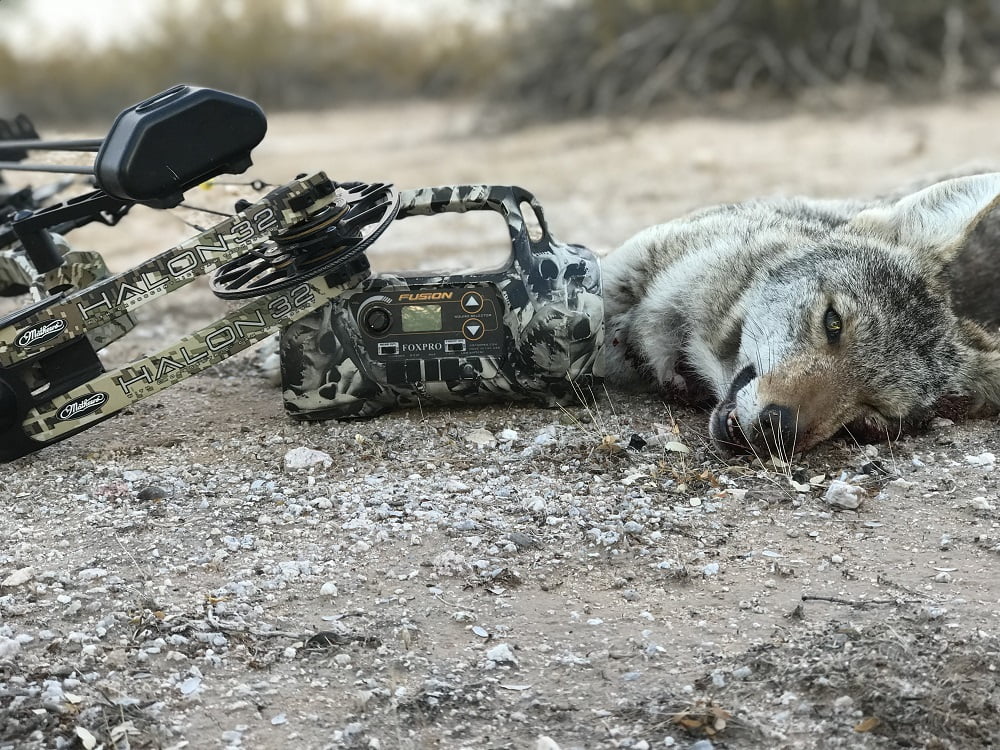
Now get out there this off season and do some predator hunting, learn some new ground, practice being a more effective hunter, gain confidence with your equipment, and put some of these calling setups to work. And remember, put some thought in your setups try to be on the other side of the calling and try to imagine what you would do if you were the animal approaching the sound that you’re hearing. Even if you’re not a great sounding caller, you can spark enough curiosity to get them to the enter the room, and then all that’s left is the shot.
You can comment on this article or ask John questions here.














